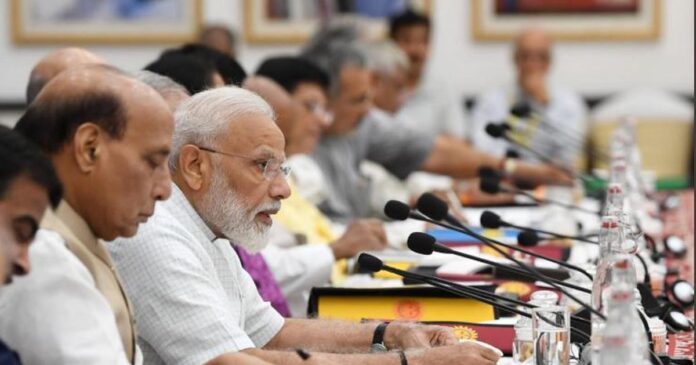At the prestigious Oxford India Forum 2025, a gathering of thought leaders, policymakers, and corporate executives echoed a unified vision: India’s aspiration to become a $5 trillion economy rests firmly on three strategic pillars—manufacturing, urbanisation, and research & development (R&D).

Industry veterans participating in the forum stressed that while India has made commendable progress in services and digital transformation, the next phase of economic growth will demand robust groundwork in industrial infrastructure, scientific innovation, and sustainable urban ecosystems.
Manufacturing: The Backbone of Economic Expansion
The manufacturing sector, currently contributing around 17% to India’s GDP, must rise to at least 25% for India to reach the $5 trillion mark, according to several experts at the forum. The “Make in India” initiative, complemented by production-linked incentives (PLI) schemes, was seen as a transformative move. Executives highlighted how local value addition, ease of doing business, and global supply chain integration will be critical moving forward.
Radhika Sinha, CEO of a major electronics firm, stated:
“India needs to go beyond assembling and focus on full-stack manufacturing—from components to finished goods—to build genuine export competitiveness.”
Urbanisation: A Growth Engine
Urbanisation was discussed not just as a demographic shift but as an economic lever. With nearly 40% of India’s population now residing in urban areas, smart city planning, infrastructure investment, and green mobility are becoming pivotal.
Ajay Mehta, an infrastructure strategist, noted:
“Urban India is not just growing—it’s evolving. If managed well, our cities can become engines of employment, innovation, and capital generation.”
Policies around affordable housing, metro expansion, and digital public infrastructure were credited for improving the quality of urban life and attracting both domestic and foreign investments.
R&D: Driving Innovation-Led Growth
Perhaps the most future-facing of all three pillars, research and development (R&D), is seen as the long-term foundation for India’s global competitiveness. Experts at the forum called for increased public and private spending on R&D, especially in AI, green energy, biotechnology, and space tech.
India currently spends less than 1% of its GDP on R&D—a figure that industry leaders say must double by 2030.
Dr. Arvind Kapoor, a technology policy advisor, explained:
“Innovation is not optional anymore. To lead in the 21st century, India must invest in creating intellectual property and fostering a strong startup and university ecosystem.”
Collaborative Road Ahead
The forum underscored that realizing the $5 trillion economy is not the responsibility of the government alone. A collaborative approach involving academia, private sector, and civil society is crucial. The importance of skilled manpower, ESG standards, and inclusive growth were also emphasized as supporting pillars.
As India eyes the $5 trillion GDP milestone in the near future, the consensus at the Oxford India Forum is clear: building globally competitive manufacturing, leveraging urbanisation as a productivity multiplier, and embedding R&D into the DNA of economic strategy will be essential. With the right reforms and investments, industry leaders believe this ambitious vision is not only achievable—but sustainable.




